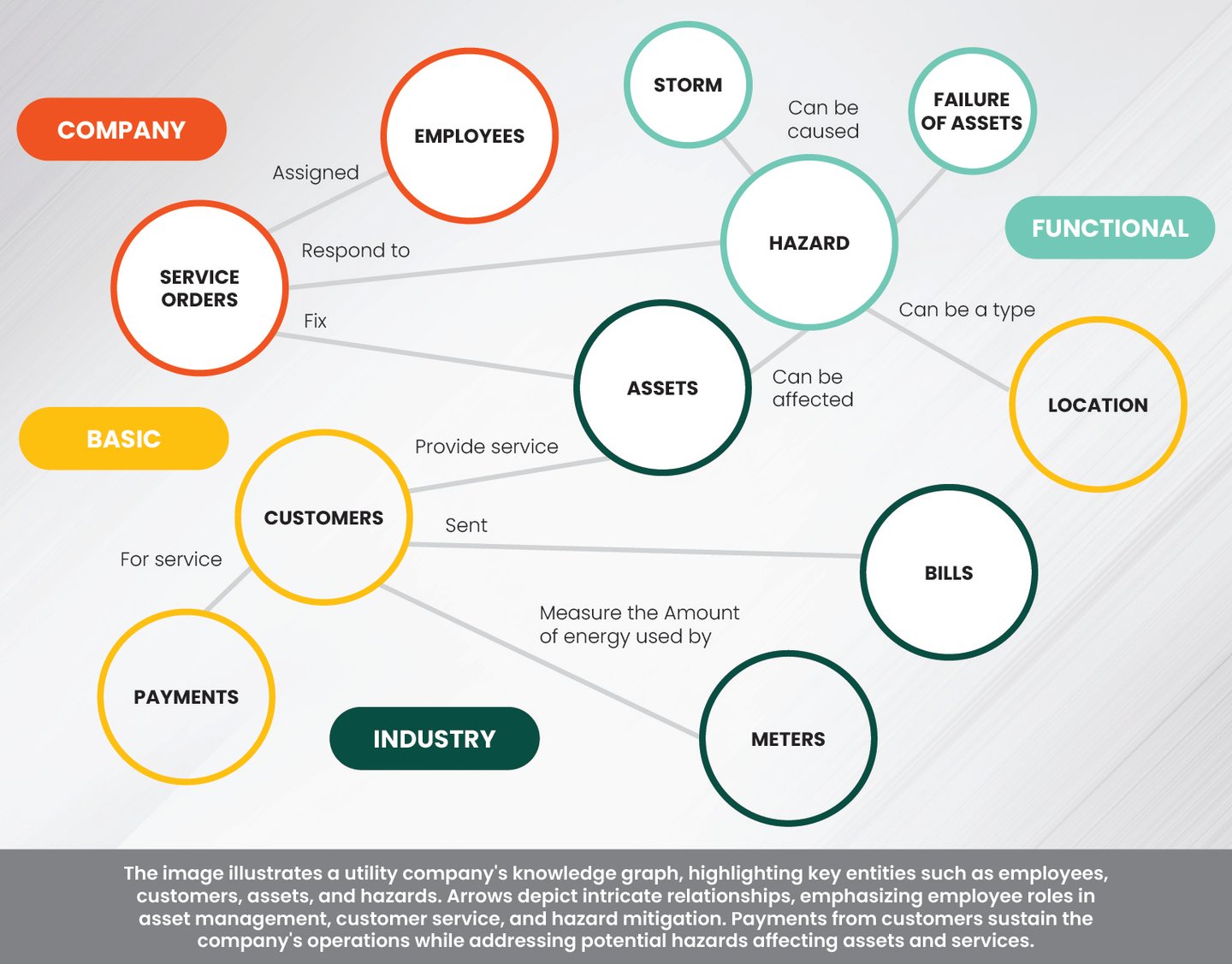Optimizing Retail Decision-Making and Processes With Knowledge Graphs
Retail businesses, data and IT teams want to use data insights to make increasingly precise decisions about how to run their business. Increasingly, they’re choosing semantic knowledge graphs to help them drive insight. Knowledge graphs systematically organize data and embed relationship data within nodes, enabling teams to easily execute complex queries.
Anyone who has ever used Google or Alexa is familiar with how knowledge graphs work: connecting disparate data sources, visualizing results, and providing fresh insights into data relationships that users can leverage to make fast, accurate decisions.
[Read more: “What Is Taste Intelligence?”]
How Retailers and E-Commerce Firms Use Knowledge Graphs
Retail and e-commerce businesses are increasing their use of knowledge graphs to better understand demand patterns and customers. Use cases include:
Improving master data management (MDM): Businesses want to understand data connections to make timely strategic and operational decisions.
Data and IT teams can use knowledge graphs to create master data that powers next-generation e-commerce, supply chain and logistics applications. Data and IT teams benefit by reducing data management headaches and query costs while enhancing business data self-service capabilities.
Business users glean transformative real-time insights from master data relationships when they model them in knowledge graphs. They can harness this information to develop digital experiences, customer support, talent management and supply chain processes.
Users save time and reduce costs by leveraging master data to run queries on data ownership, customer experience and support, organizational hierarchies, human capital management, and supply chain transparency.
Streamlining social network analysis: Social network analysis helps retailers accomplish multiple goals with customer marketing. Here’s how a leading retailer uses this technology to improve business results.
The retailer’s knowledge graph databases crawl through social networks, enabling the company to collect customer data, including demographics, purchase history and other relevant information. The retailer then uses social network analysis techniques to group customers who share similar interests and preferences, segmenting them based on their interests and networks. During this process, the retailer identifies new trends and opportunities that it can capitalize on and aligns investments by the strength of customer interest.
The knowledge graph also identifies trendsetters and social influencers who can influence others to buy products and services. The retailer’s business teams use these insights to decide who to partner with to market the company’s goods, driving revenues.
Finally, social network analysis improves customer segmentation, enabling the retailer to develop personalized marketing campaigns that drive product sales and increase ROI.
Providing accurate data on product availability: A knowledge graph can integrate retail back-end systems with all channels, such as physical stores, e-commerce sites, apps and chatbots, providing real-time product availability. Shoppers gain holistic visibility into product availability, pricing and shipping terms so that they can make the best purchase decisions. Retailers benefit by delivering a better customer experience and driving more sales.
Enabling next-best experiences: Knowledge graph-powered recommendation engines enable companies to make relevant recommendations, providing real-time personalization of products, content and services by contextualizing connections. They can do so by correlating product, customer, historical preferences and attributes, inventory, supplier, logistics, and social sentiment data with current browsing data. By using knowledge graphs, teams can model complex relationships between entities and capture explicit and implicit user preferences. This allows for more accurate and personalized recommendations and interactions that consider users’ interests, preferences and context. Retailers can anticipate what customers want and need, powering next-best experiences that make every interaction better because they’re based on the “why” rather than the “what” customers do.
Improving marketing effectiveness: Retailers spend millions on marketing programs, including discounts, cross-sell and upsell offers, and loyalty programs. They can use knowledge graphs to determine which offers deliver the highest ROI. This capability is especially useful for retailers that operate multiple brands and sites.
Streamlining delivery logistics: Retailers can tap knowledge graphs to calculate optimal routes for delivery trucks, speeding delivery times and winning more e-commerce business while reducing fuel and other logistics costs. Social network analysis measures can also be used to identify potential supply chain risks, such as single-source suppliers or bottlenecks in the network, thereby ensuring a more resilient supply chain.
Supercharge Data-Based Decision-Making With Knowledge Graphs
Retail and e-commerce teams want to use the best tools to accomplish critical objectives. With knowledge graphs, these teams can deepen insights into customer behavior. They can harness their findings to intuit customers’ needs and wants and continually evolve products, services and engagement strategies for higher ROI. In an industry where processes such as marketing, sales and fulfillment are occurring in real time, this can mean the difference between continually growing market share and profitability or losing position and resorting to extreme measures to stay afloat.





